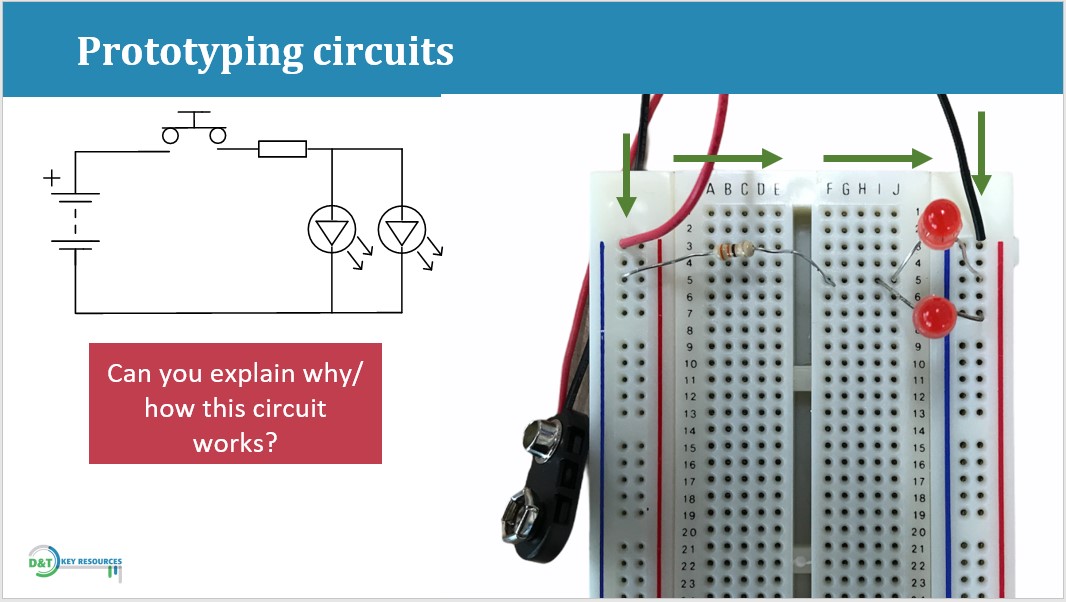Search results
990 results found for your search "Design and Technology Curriculum Planning for the new Ofsted framework"
Textiles Early KS3 Year 7 - Mainly Designing – Learning to Look
Textiles Early KS3 Year 7 - Mainly Designing – Learning to Look, Textiles Early KS3 Year 7 - Mainly Designing – Learning to LookStudents learn to distinguish different types of drawings required throughout the design process, including annotation. It covers the role of biomimicry in solving design problems and applying this through the use of CAD to scale images, create a repeat pattern, add colour/texture, make colourways and look at methods appropriate for creating a printed fabric.This updated set of Key Resources for Product Design has been fully refreshed
Textiles Early KS3 Y7 Mainly Making - Understanding Fibres and Fabrics
Textiles Early KS3 Y7 Mainly Making - Understanding Fibres and Fabrics, Textiles Early KS3 Year 7 - Mainly Making – Understanding Fibres and FabricsThis unit covers the origins and features of natural and human-made fibres, methods of fabric construction including adding colour and surface decoration. Students will learn to safely operate a sewing machine to produce different stitch patterns and know at least one company who use exclusive textile prints.This updated set of Key Resources for Product Design has been fully refreshed and new titles added, providing teachers of...
Systems and Control Late KS3 Y9 Mainly Designing - Mech-Olympics
Systems and Control Late KS3 Y9 Mainly Designing - Mech-Olympics, Late KS3 Year 9 - Mainly Designing – Mech-OlympicsStudents use their knowledge of electronics to design and build a robot from a number of options that can compete in Olympic events that challenge their skills in programming for control, speed, direction, balance and strength. Includes event sheets and Soccer Bot build instructions. This updated set of Key Resources for Product Design, Systems and Control and Textiles has been fully refreshed and new titles added. They provide teachers of...
Systems and Control Mid KS3 Y8 Mainly Designing - Moving on with the Micro:Bit
Systems and Control Mid KS3 Y8 Mainly Designing - Moving on with the Micro:Bit, Mid KS3 Year 8 Mainly Designing – Moving on with the Micro:BitThis unit covers programming the micro:bit to show off its features using LED lights in different configurations, making music, a step counter and other coding. It contains several instructional videos as well as background information to the micro:bit controller.This updated set of Key Resources for Product Design, Systems and Control and Textiles has been fully refreshed and new titles added. They provide teachers...
Systems and Control Early KS3 Y7 Mainly Designing - Scrappy circuits
Systems and Control Early KS3 Y7 Mainly Designing - Scrappy circuits, Systems and Control Early KS3 Y7 Mainly Designing - Scrappy circuits Scrappy Circuits are components made from everyday office clips, card and wires to illustrate and help students understand how circuits are created and the components are connected. It covers inputs, process and outputs, resistors, and has instructional videos on making and linking component blocks. This updated set of Key Resources for Product Design, Systems and Control and Textiles has been fully refreshed and...
Systems and Control Early KS3 Y7 Introduction to electronics systems - Moody Lights
Systems and Control Early KS3 Y7 Introduction to electronics systems - Moody Lights, Systems and Control Early KS3 Y7 Introduction to electronics systems - Moody LightsThis unit covers electrical components, their symbols and designing and drawing simple circuit diagrams. It explores breadboards and Veroboards and includes instructional videos on soldering and designing for a product. This updated set of Key Resources for Product Design, Systems and Control and Textiles has been fully refreshed and new titles added. They provide teachers of Years 7, 8 and...
Anne Watson, Chief Executive, Semta Group
Chief Executive, Semta Group, Ann Watson, Semta is the engineering skills body, working for and on behalf of employers and creating skilled engineers for the future Semta ensures that companies in the advanced manufacturing and engineering sector have the skills they need by influencing and advising on government policy, creating national occupational standards, managing and delivering skills programs and qualifications and assessing and certificating apprenticeships. Having left the University of Teesside with a first class honours degree in business studies, Ann...
Salsus Design FTs and IEAs
Member only Tasks and Activities, Focused Tasks FTs are where students are taught specific technical knowledge, designing skills and making skills. This may be a quick whole-class making activity, learning a new CAD programme, exploring polymers, or much more. Digital Sketching - using an iPad or digital stylus, see how to create sketches digitally, using a musical instrument as an example, and how to use a compositing technique. Digital Media Player - for this FT we will be accurately measuring and drawing out the parts for...
Fantastic Fruit
Fantastic Fruit, Fantastic FruitEYFS/Year 1 Ages 3-5 yearsFirst Published 2007 This comprehensive resource contains a wide range of activities for Foundation Stage and Year 1 children. It includes three PowerPoint presentations for classroom use, a scheme and outline of the unit of work, helpsheet, worksheets, fruit bingo activity, a vocabulary sheet and has an emphasis on healthy eating and hygiene in preparing fruits. Children are encouraged to identify and describe different fruits before planning to make a fruit dish using different ingredients. There are also two posters from D&T Primary...
In Conversation with Rose Russell and Edna Reilly
Ursuline Academy, Ilford, Rose Russell and Edna Reilly, On International Women in Engineering Day, Designed for Life takes a moment to celebrate the work of two women who have made an amazing positive difference to girls' exposure to STEM opportunities within their school. Listen to the podcast hereRose Russell has been an outstanding Technician/Instructor/ STEM Coordinator at the Ursuline Academy, Ilford (an all girl’s catholic school) for 29 years in both the art and design and design and technology departments. Trained in fashion, Rose...
Filter results
Choose an option to filter your search results.
All results (990) Shop products (208) Events (64) News (236)









